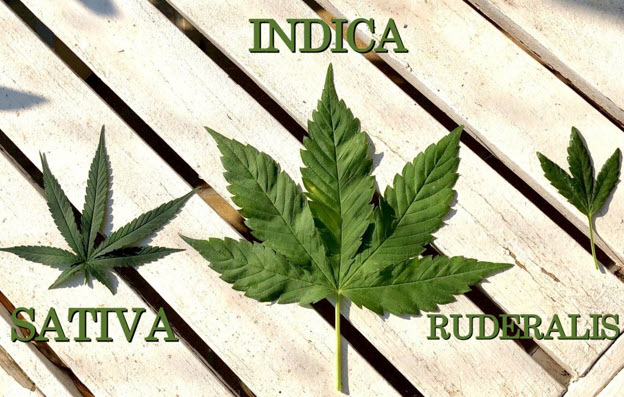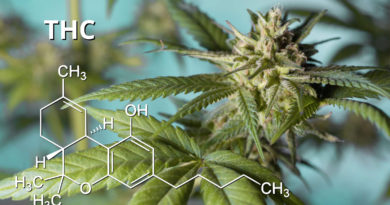What’s the Difference between Types of Weed (Indica, Sativa, Hybrid) and the Various Strains?
How much do you know about your weed? Cannabis has become mainstream, and millions of people worldwide are gradually embracing the plant for recreational or recreational reasons, or both. Understanding the basics of weed is vital, especially the difference between the types/varieties of weed and the various strains/hybrids.
Types/Varieties of Cannabis
The cannabis plant is divided into three types or varieties, namely Sativa, Indica, and Ruderalis.
Sativa
Sativa is a cannabis variety that is characterized by long, pointy, and thin light green leaves. The plants are photoperiodic, meaning they depend on light cycles to transition from the vegetative to the flowering stage.
This type of weed is associated with a cerebral high characterized by feelings of happiness, euphoria, positivity, and productivity. A consumer experiences a boost in energy levels and a sense of upliftedness. It makes an excellent morning or daytime toke.
Sativa is moderately hard to grow. The flowering stage lasts for 10 to 12 weeks before the plants are ready for harvest. Other varieties take a shorter time to reach maturity, explaining why most cultivators prefer the Indica plants.
Indica
Indica plants are generally short, sturdy and dense. The leaves are thick and take on a dark green hue. Like the Sativa variety, Indica plants are photoperiodic.
This cannabis variety offers a body high that keeps the user relaxed and tension free. A user is likely to experience couch-lock in varying degrees depending on the amount they ingest. Indicas are sedating by nature, meaning they promote drowsiness and sleepiness. This variety of weed is ideal for evening or nighttime use.
Indicas are perfect for indoor growing due to their minimal height and short flowering stage that lasts six to eight weeks. Stress-straining the plants for high yields is easier compared to Sativas.
Ruderalis
A lesser-known cannabis variety, the Ruderalis is characterized by tiny buds, 3-fingered broad leaves, and short, bulky leaves. This type of weed is autoflowering, meaning it does not depend on light cycles to transition from one stage to another. It does this automatically, depending on its age.
It takes Ruderalis plants five to seven weeks to complete the flowering stage. Unfortunately, due to its low cannabinoid composition, this variety is rarely sought for recreational or therapeutic purposes. However, breeders do blend Sativa or Indica genetics with Ruderalis to make superior autoflowering plants.
Cannabis Strains/Hybrids
Cannabis strains or hybrids are the outcomes of crossbreeding weed varieties. For example, when you blend a Sativa and an Indica, you get a Hybrid strain that bears genetics from both cannabis varieties. There are five categories of cannabis strains.
Pure Indica strains
These are crossbreeds between two Indica’s. Examples of pure Indica hybrids include Northern Lights and Purple Kush.
Indica dominant strains
When Indica and Sativa strains are crossed, one of the two varieties might dominate. In this case, the Indica genes prevail and dominate. A user experiences both cerebral and body highs, but the latter will be more pronounced. Examples include Girl Scout Cookies, GG #4, and Blueberry.
Pure Sativa strains
Breeding two Sativa strains may result in a pure Sativa strain. Unfortunately, finding pure Indica or Sativa strains is quite challenging nowadays.
Sativa dominant strains
From the trend, you can guess that this category refers to the hybrids with dominating Sativa genes. The effects are more cerebral-centered. Examples include Jack Herer, Sour Diesel, and Strawberry Cough.
50/50 Indica-Sativa strains
These hybrids have equal Sativa-Indica genes. They give users a balanced high, and examples include Dieseltonic and Mango Haze.
Take away
Types of weeds refers to the various varieties, which are Sativa, Indica, and Ruderalis. Strains are hybrids that are created by breeding cannabis varieties. Hybrids come in different potencies and cannabinoid concentrations to suit the needs of diverse users.




